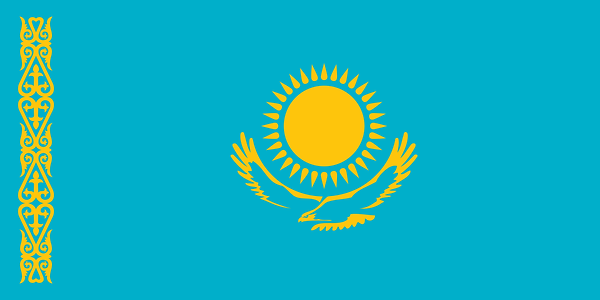Kazakhstan

In 1991, as the seemingly immutable Soviet Union took the world by surprise as it folded in on itself with states as diverse as Latvia, Georgia and Kazakhstan finding themselves in control of their own political destiny. Whilst the origins of the USSR’s collapse are hotly contested, political divergence had been happening as early as 1986 under Mikhail Gorbachev’s glasnost and perestroika. Each country has its own example of when revolution was made more likely, if not inevitable. In East Germany, as horrified Soviet officials looked on as the Berlin Wall was dismembered brick by brick, the muted response from Moscow amounted to permission. In Estonia it was the ‘singing revolution’ that marked their departure. The picture emerging from Kazakhstan was, however, a complex one. One of the first Soviet states to ‘rattle the Soviet cage’, the protests of 1986, dubbed ‘Zheltoksan’ (Kazakh for December) marked for many the demise of Moscow rule. Yet the protests were violently repressed, and many of the repressors remained in Government long after Kazakhstan’s independence.
As communism in Kazakhstan crumbled it revealed a new political identity, inescapably tied to the country’s history. According to Kathleen Collins, the clan became the ‘critical unit of analysis’ (2003) and the functions once embodied by the communist regime – welfare, jobs, the social sphere – became dependent on kinship ties. Despite a brief period of political plurality, non-democratic rule continued and Nursultan Nazarbayev, the republic’s Prime Minister in 1986, remained at the head of an increasingly powerful regime until March this year.
In March, Nazarbayev took the world by surprise and resigned, making way for his appointed successor Kassym-Jomart Tokayev. Tokayev's role in the new regime and whether he's a permanent fixture or a stop-gap until another figure can take over remains to be seen.
Key Facts
Population: 18.7m
Geography: Sparse terrain, hot summers and cold winters
Capital: Astana
GDP: $26,300
Main ethnicities: Kazakh (68%), Russian (19.3%)
Language: Kazakh and Russian
Resources: Petroleum and Minerals